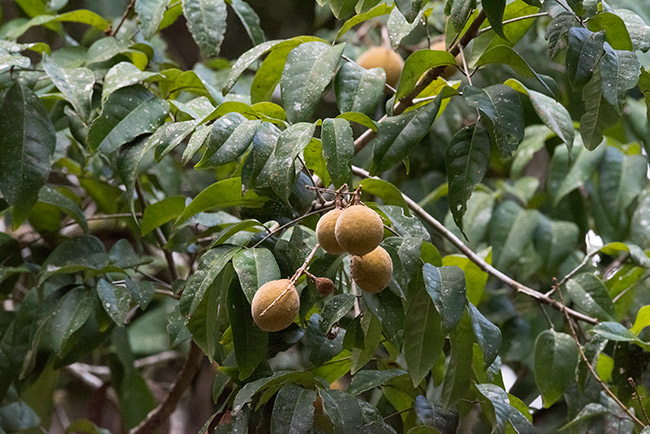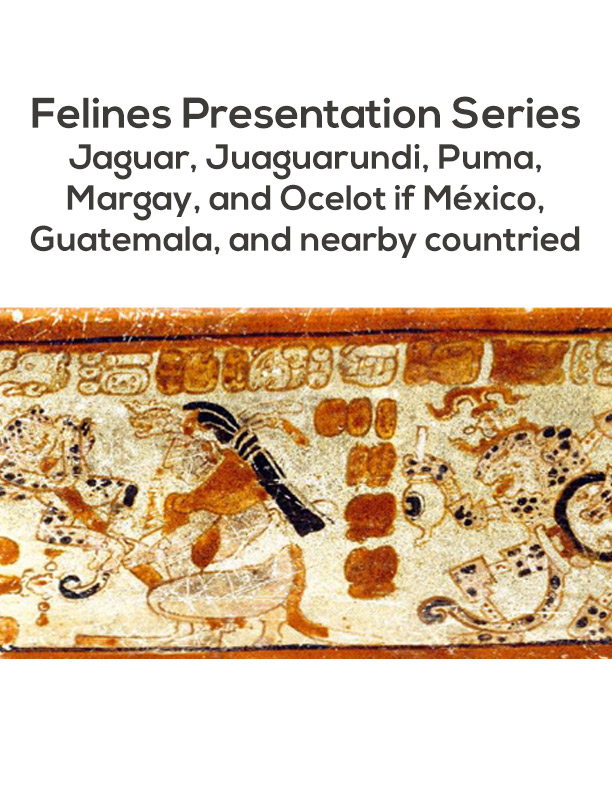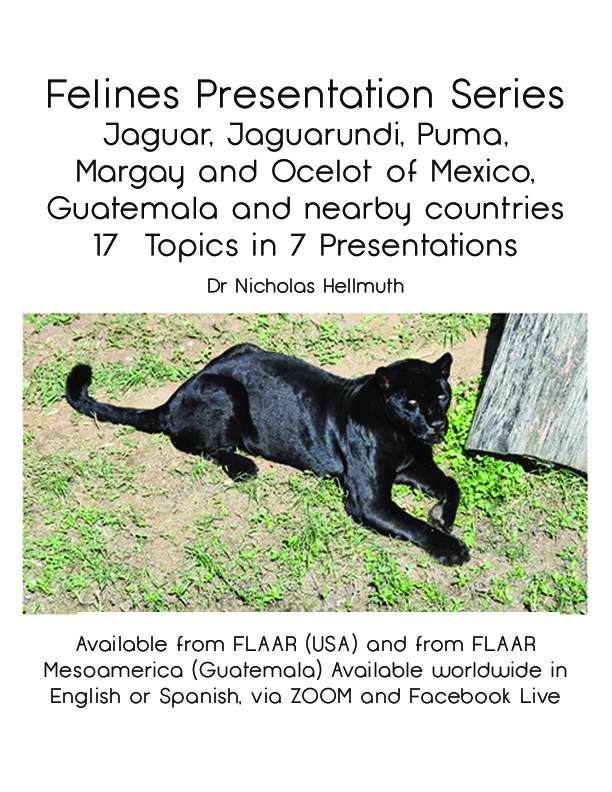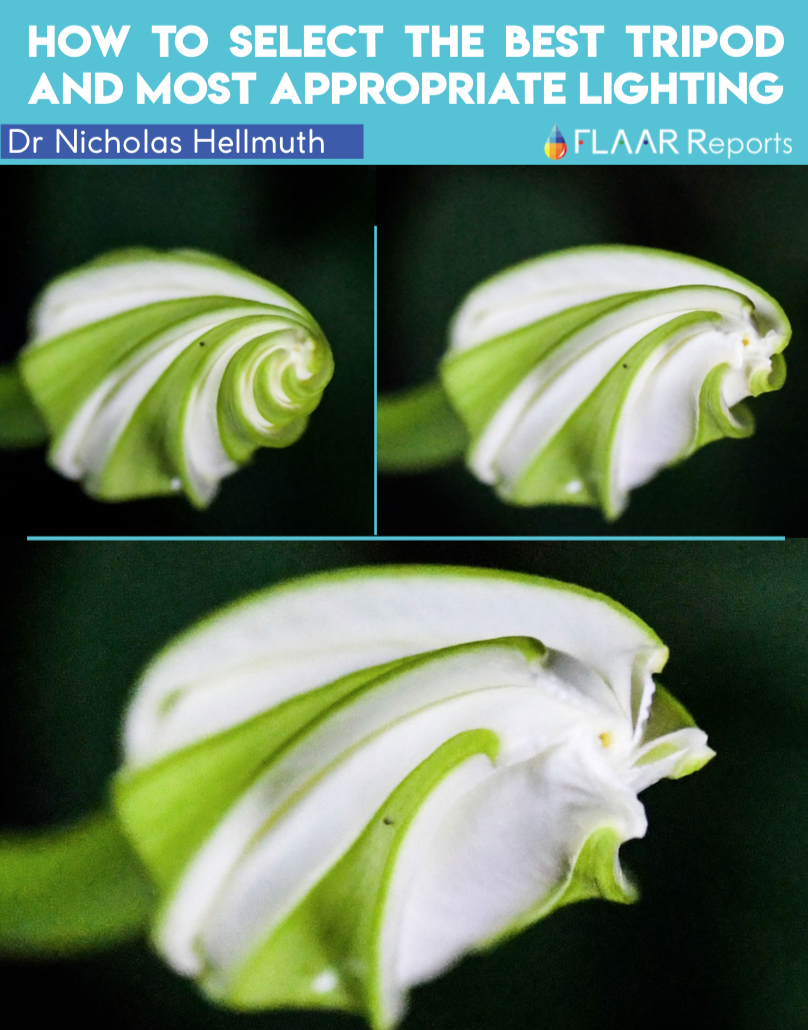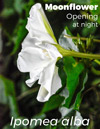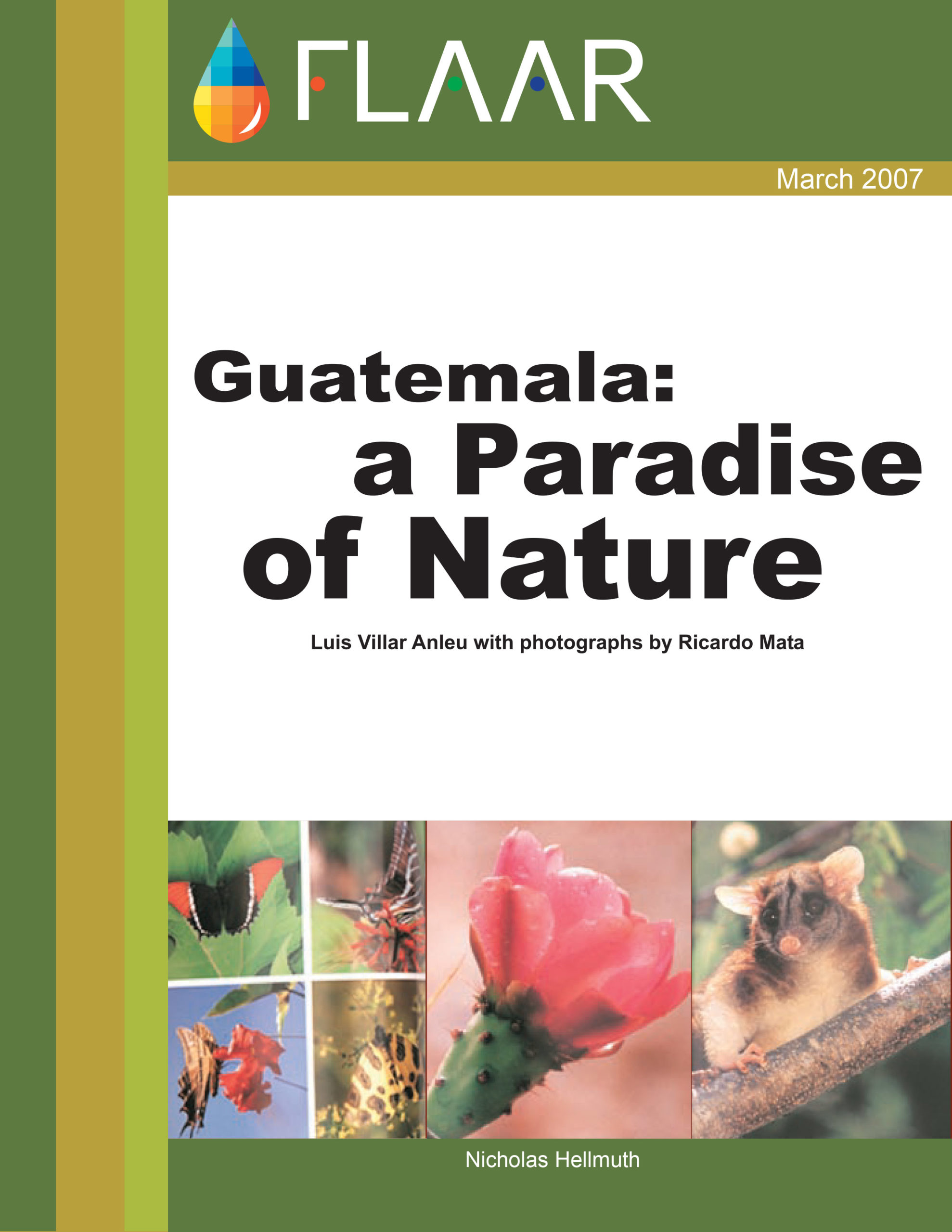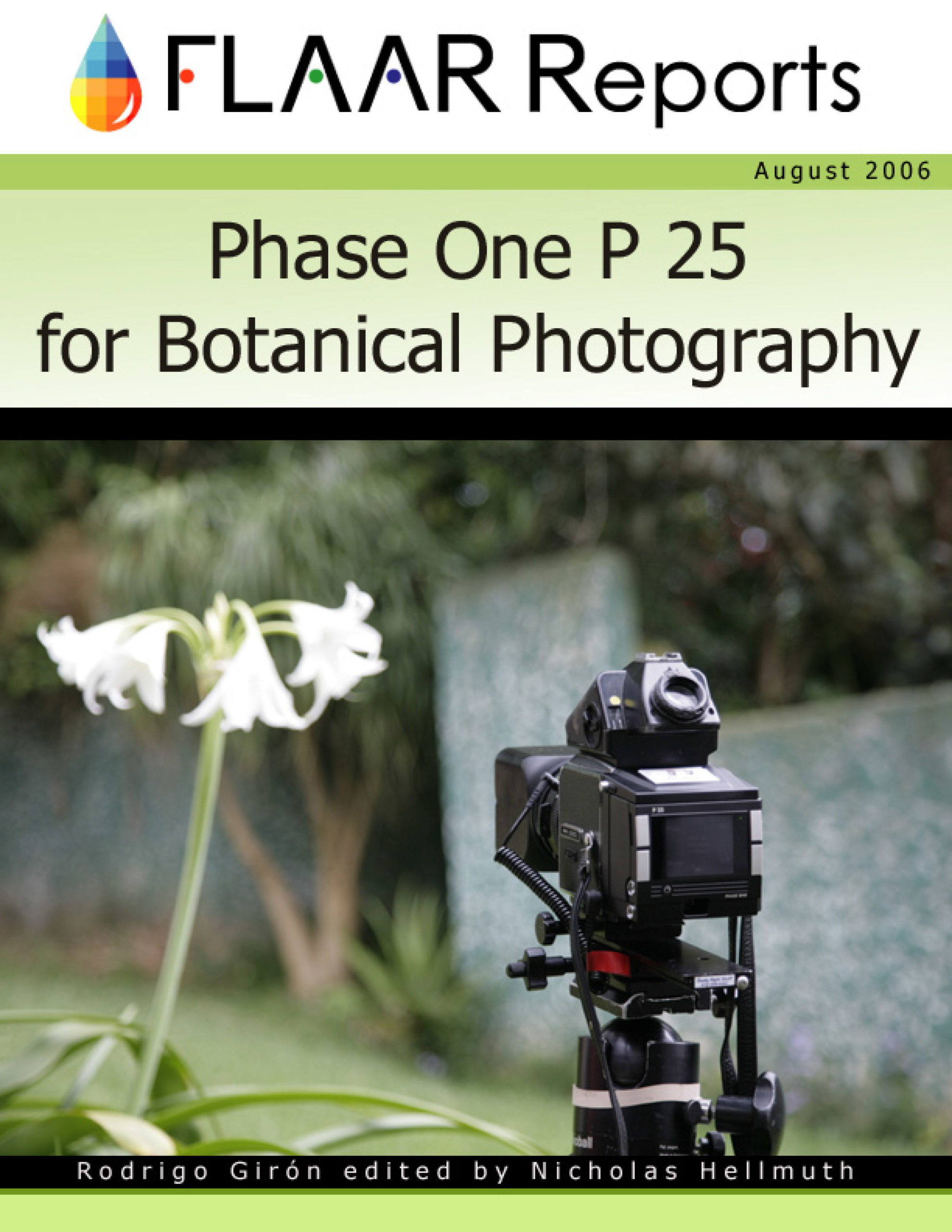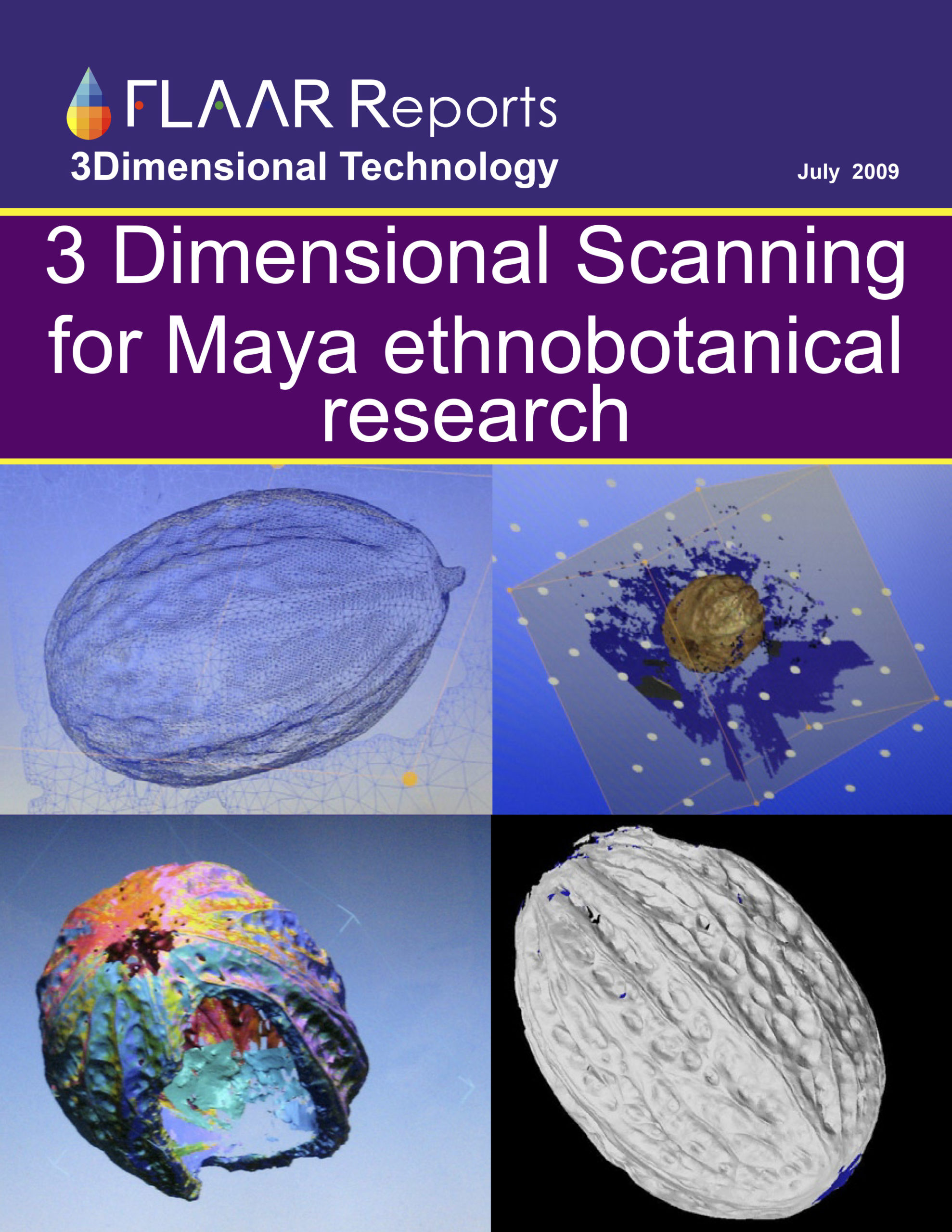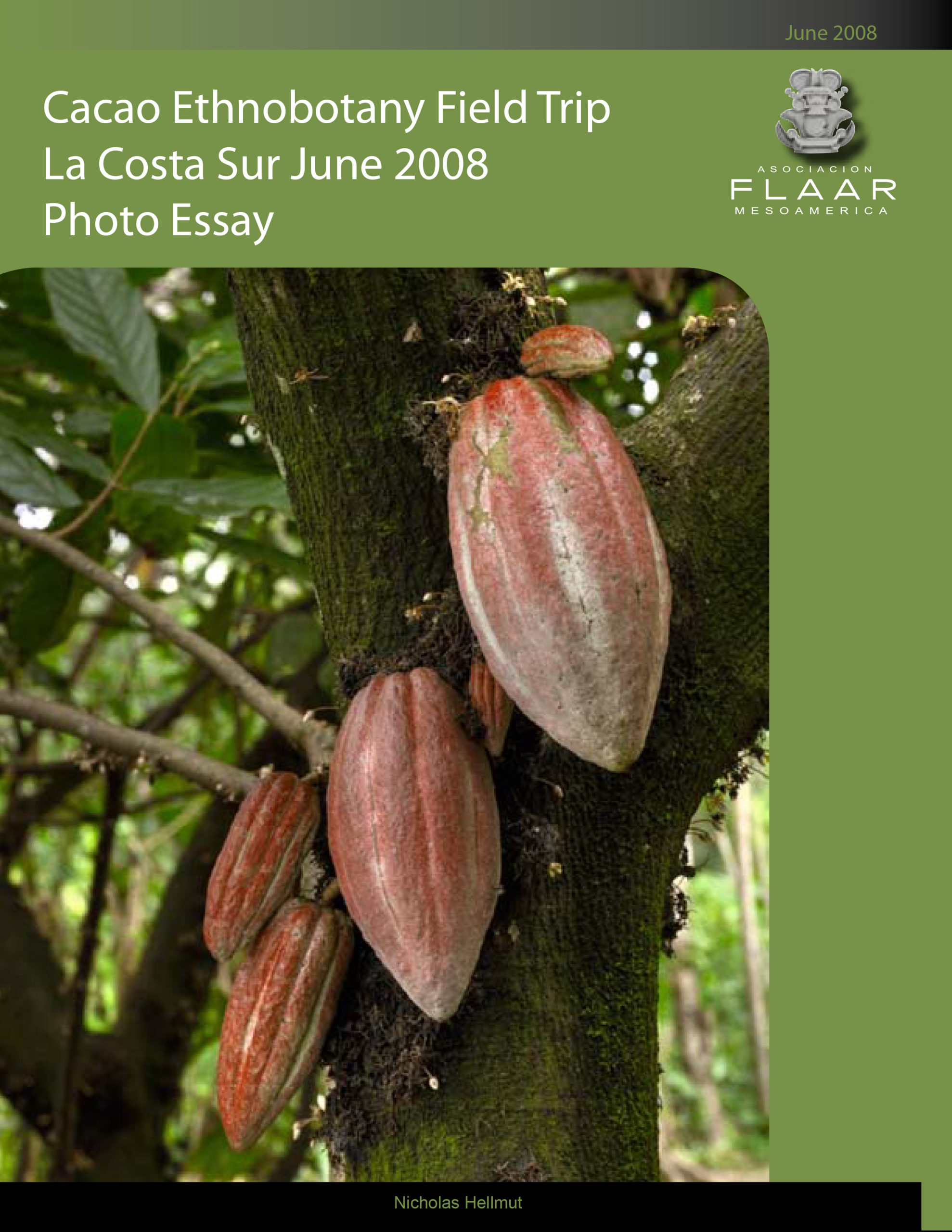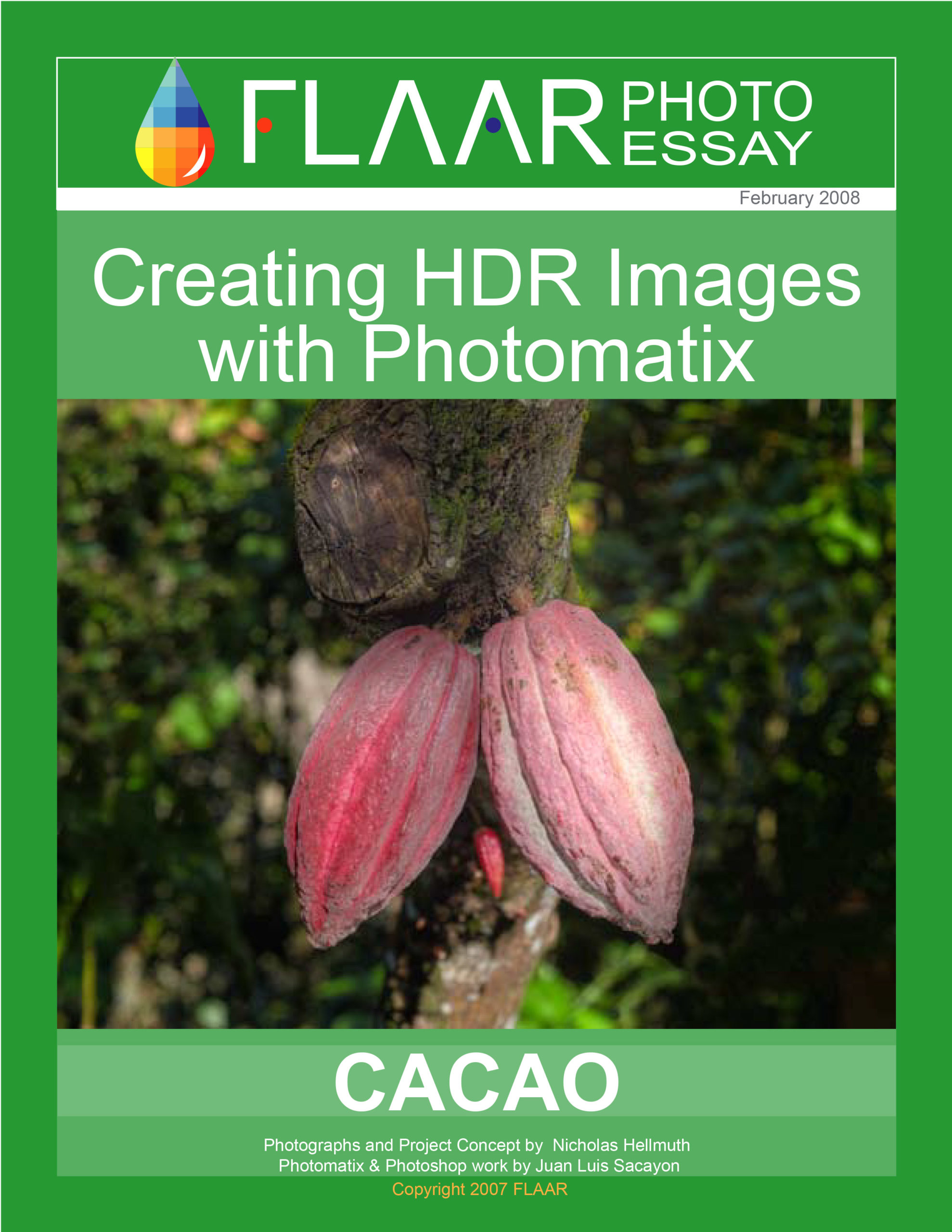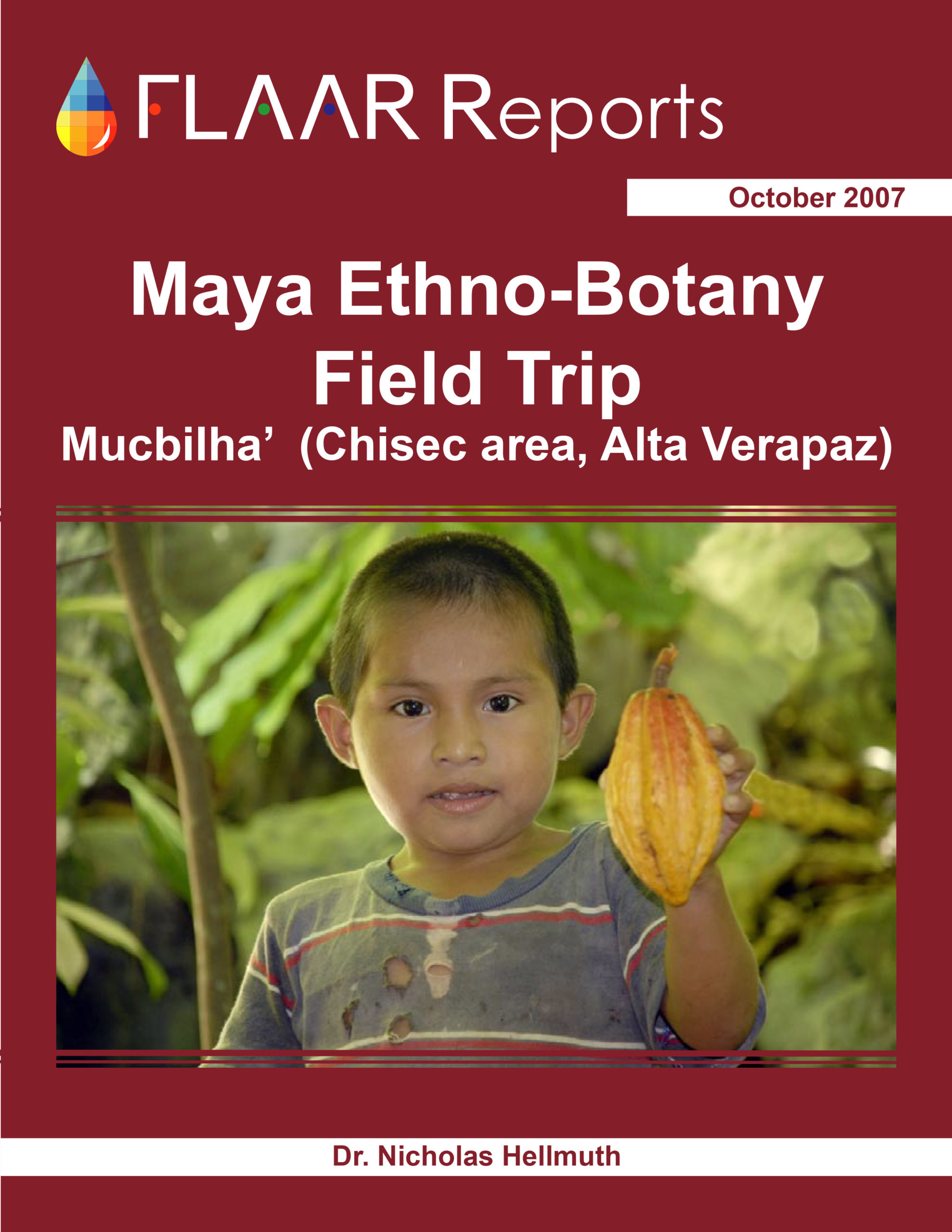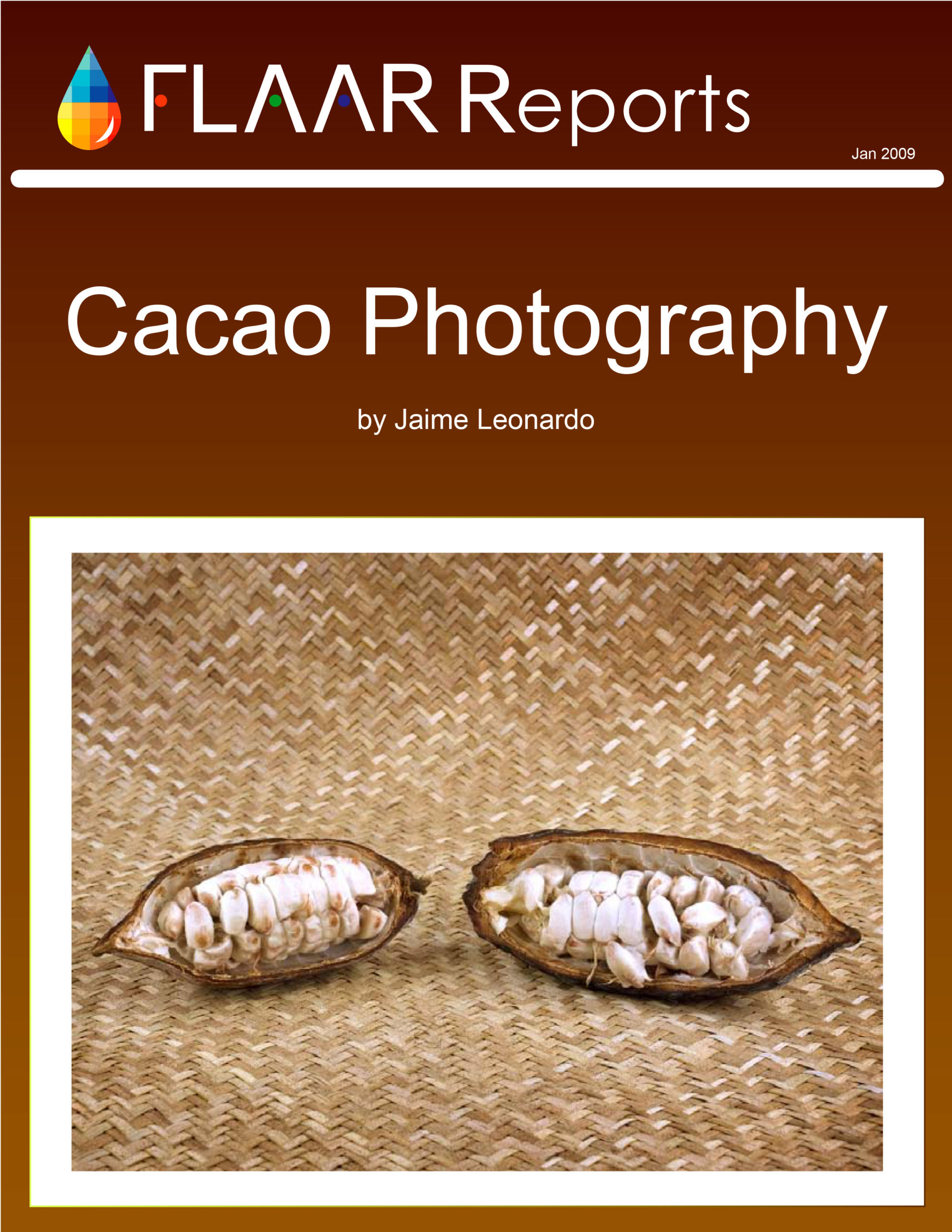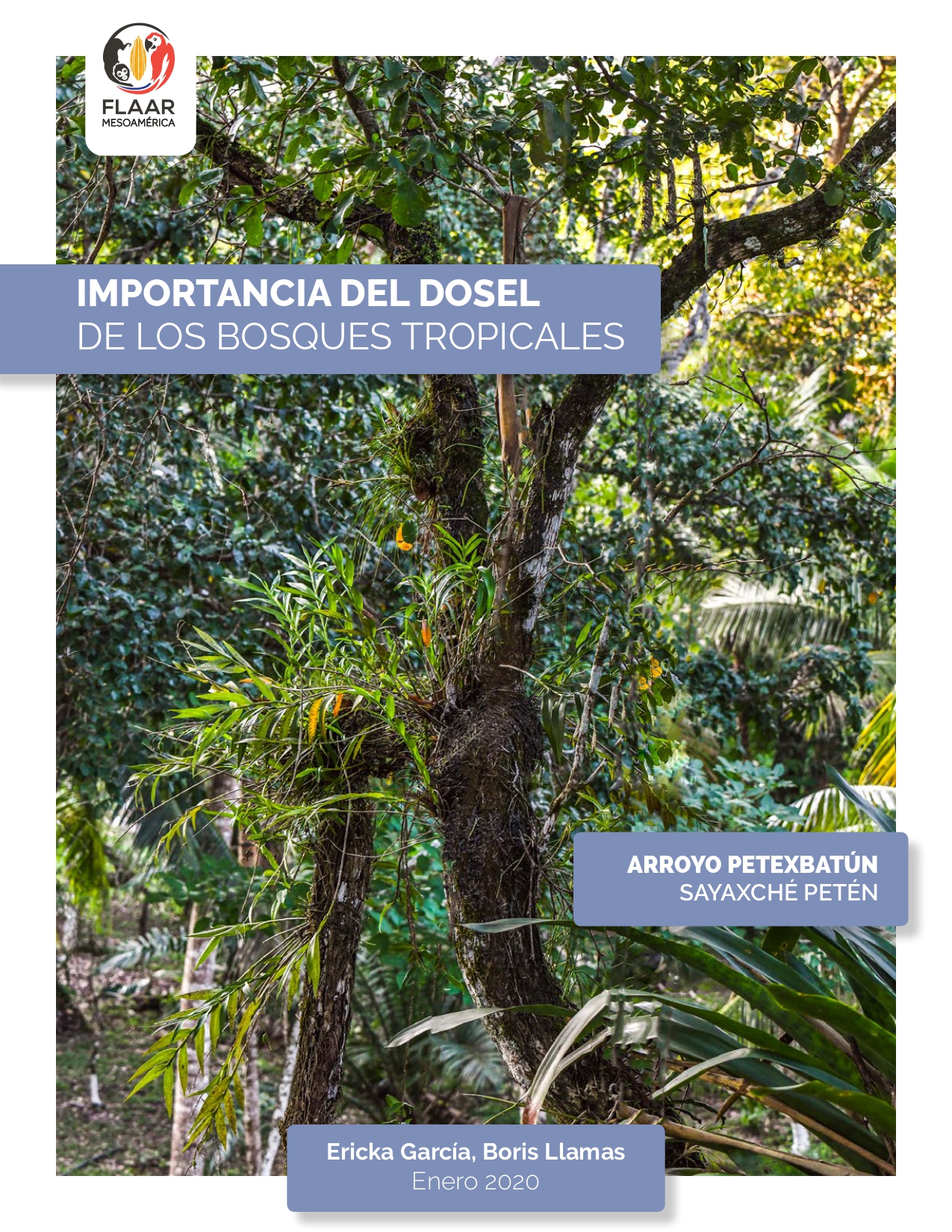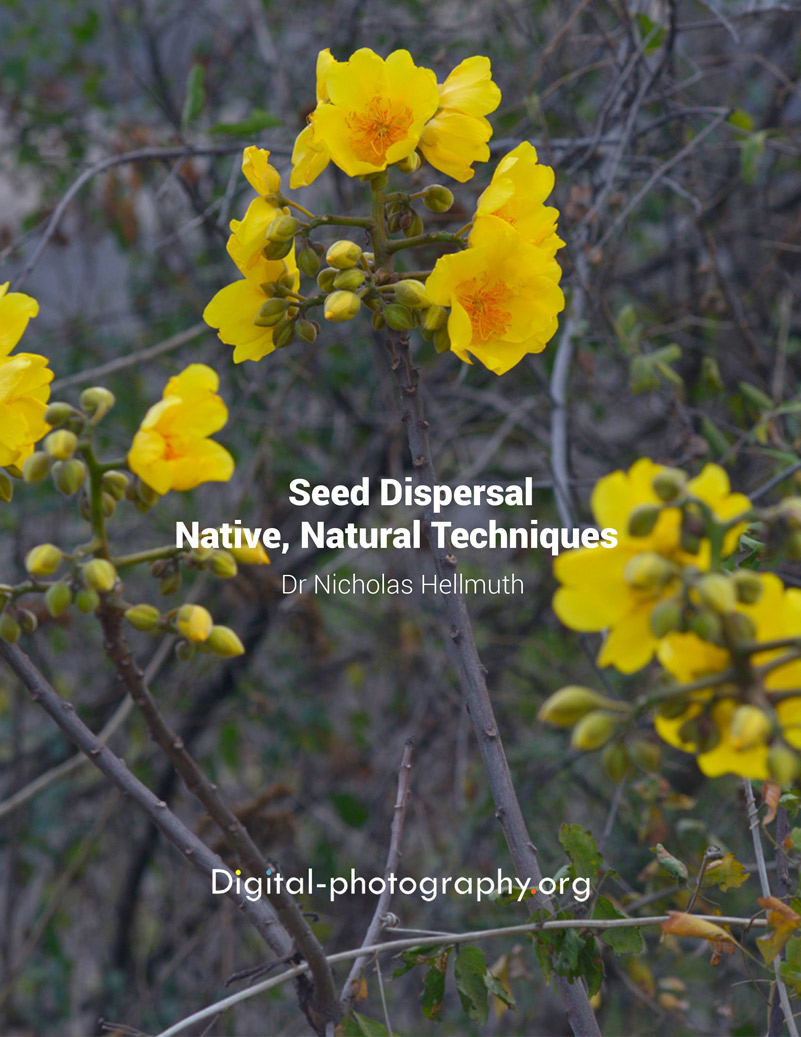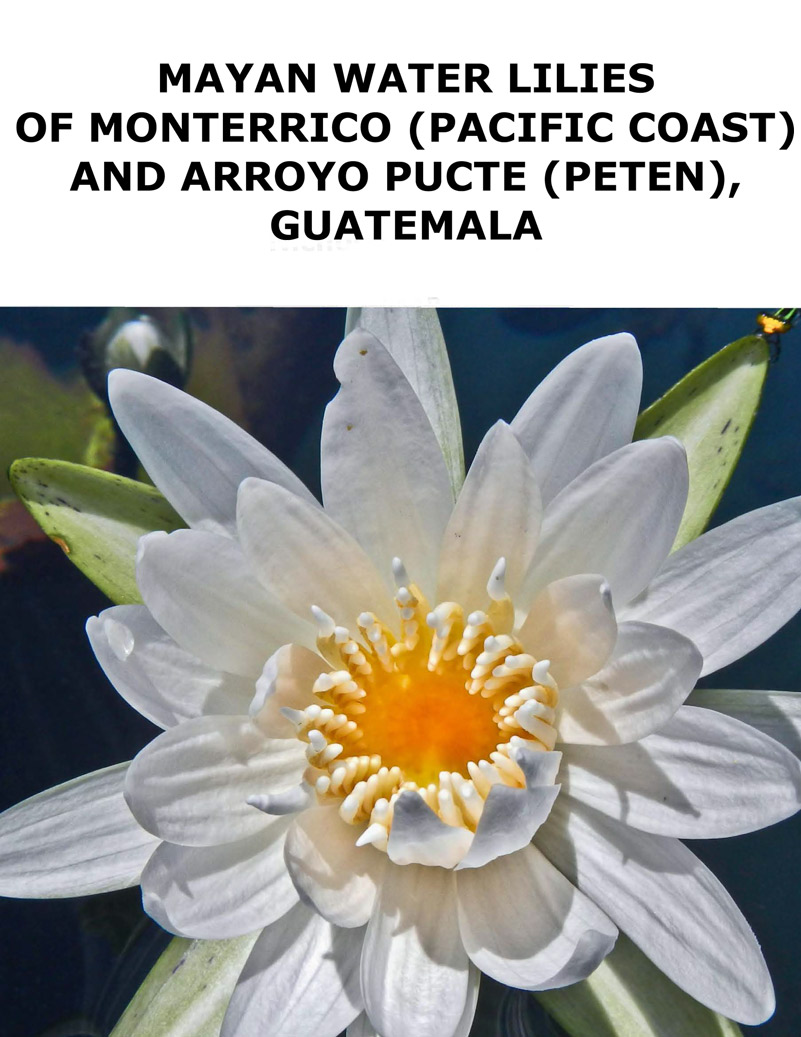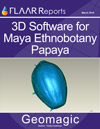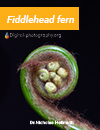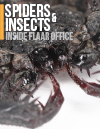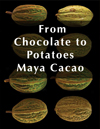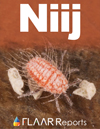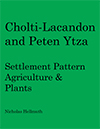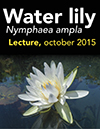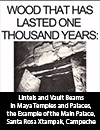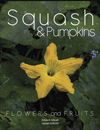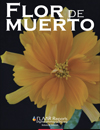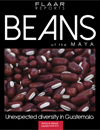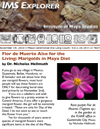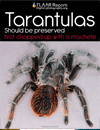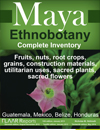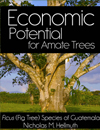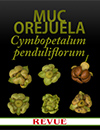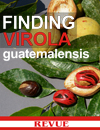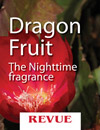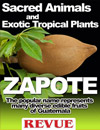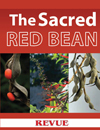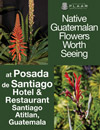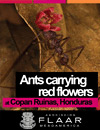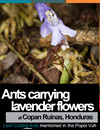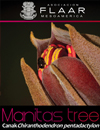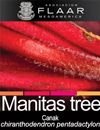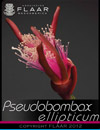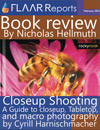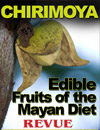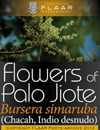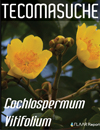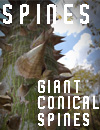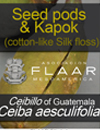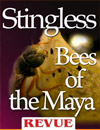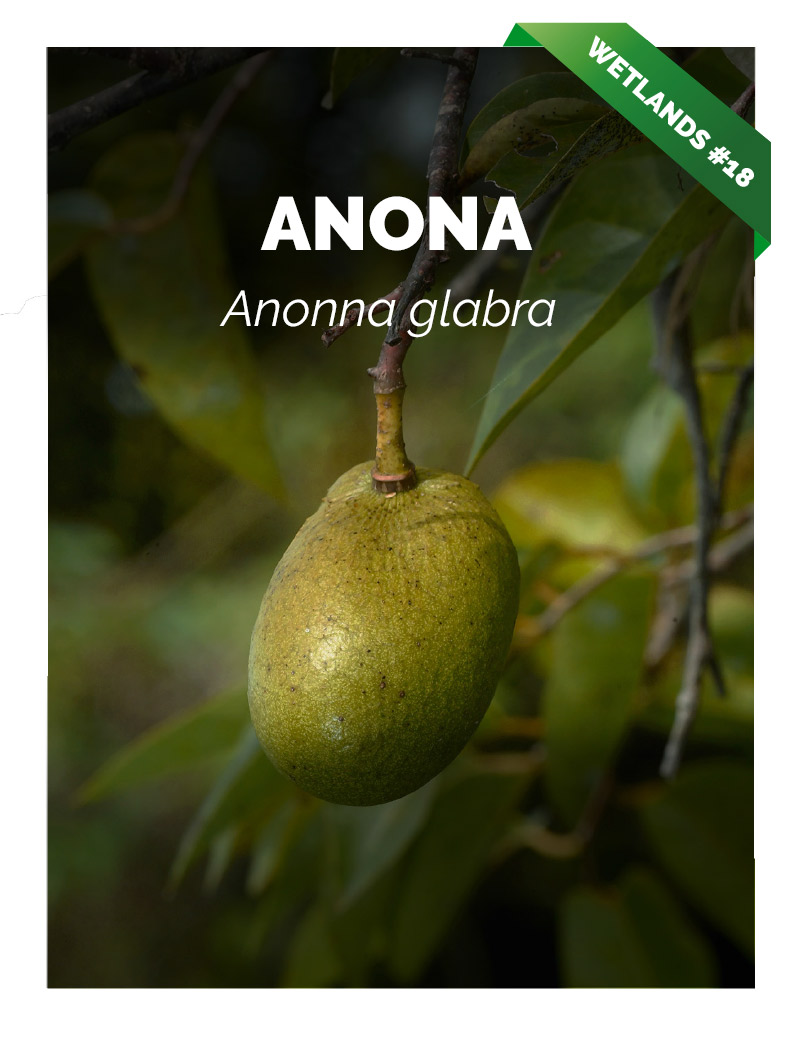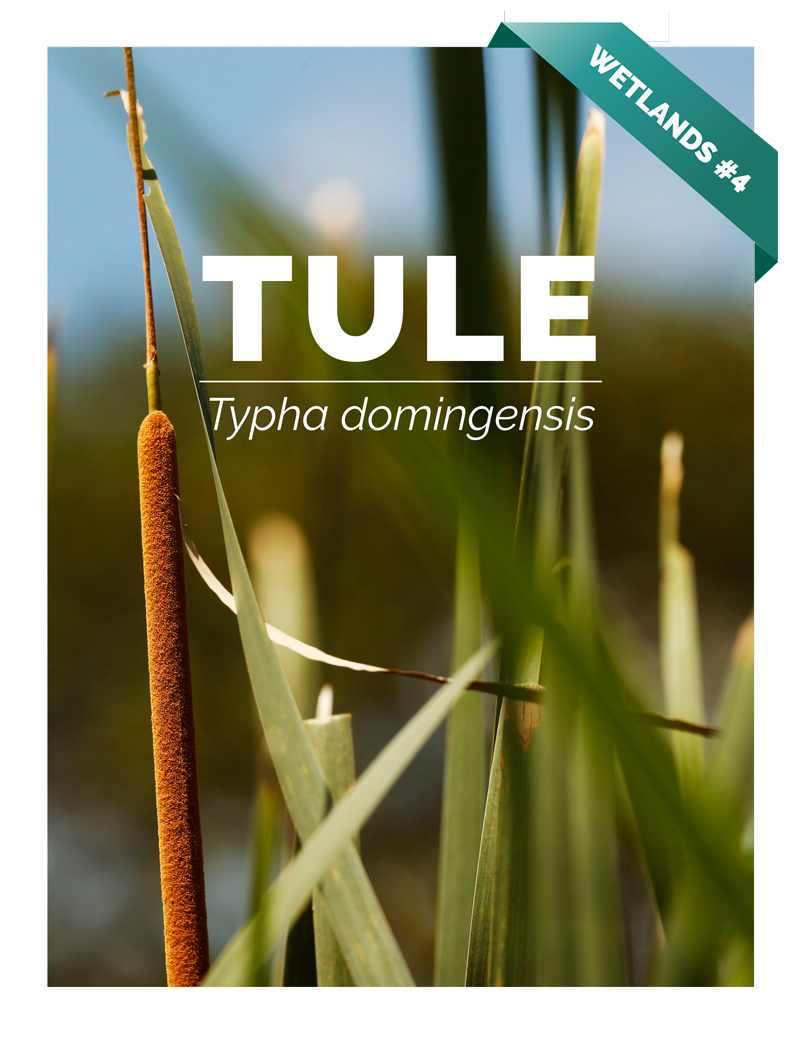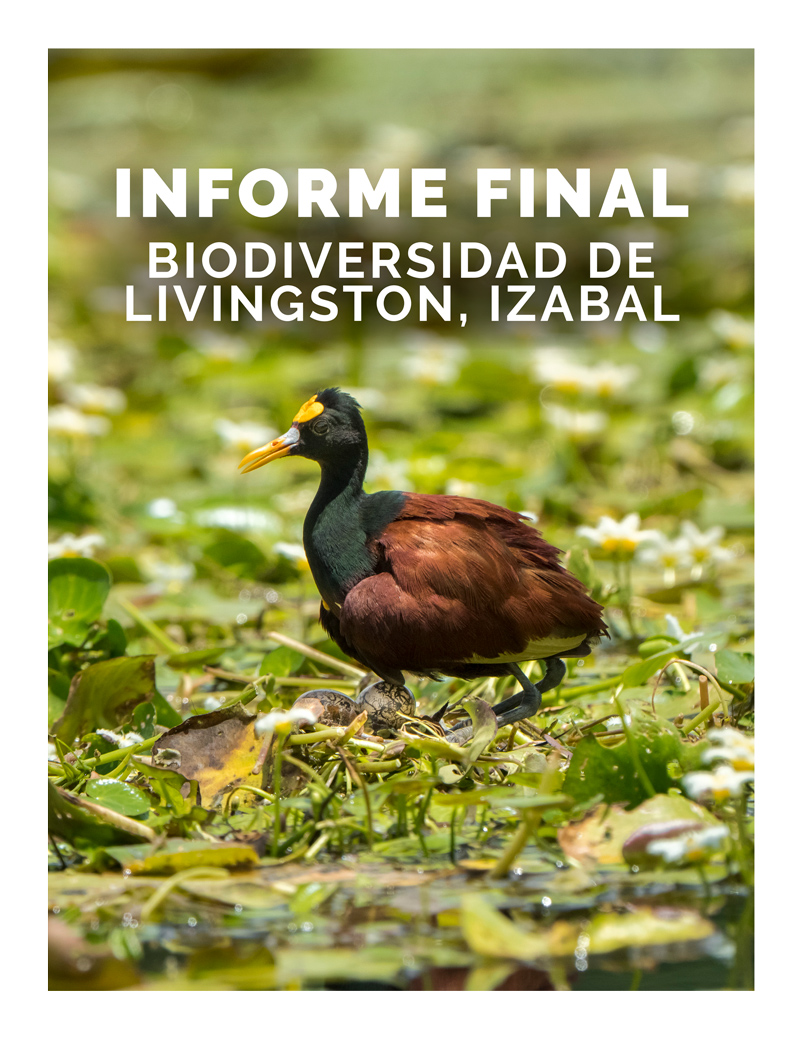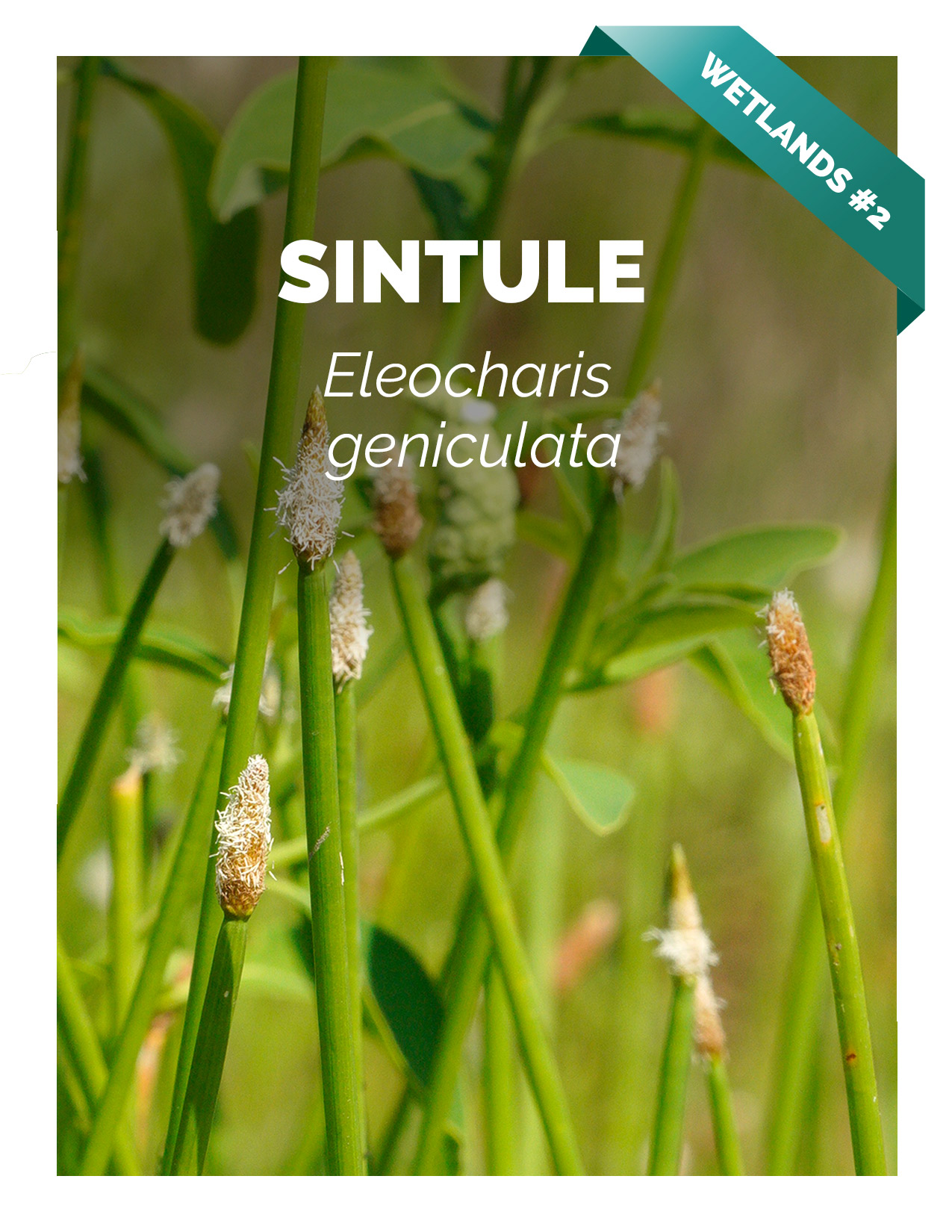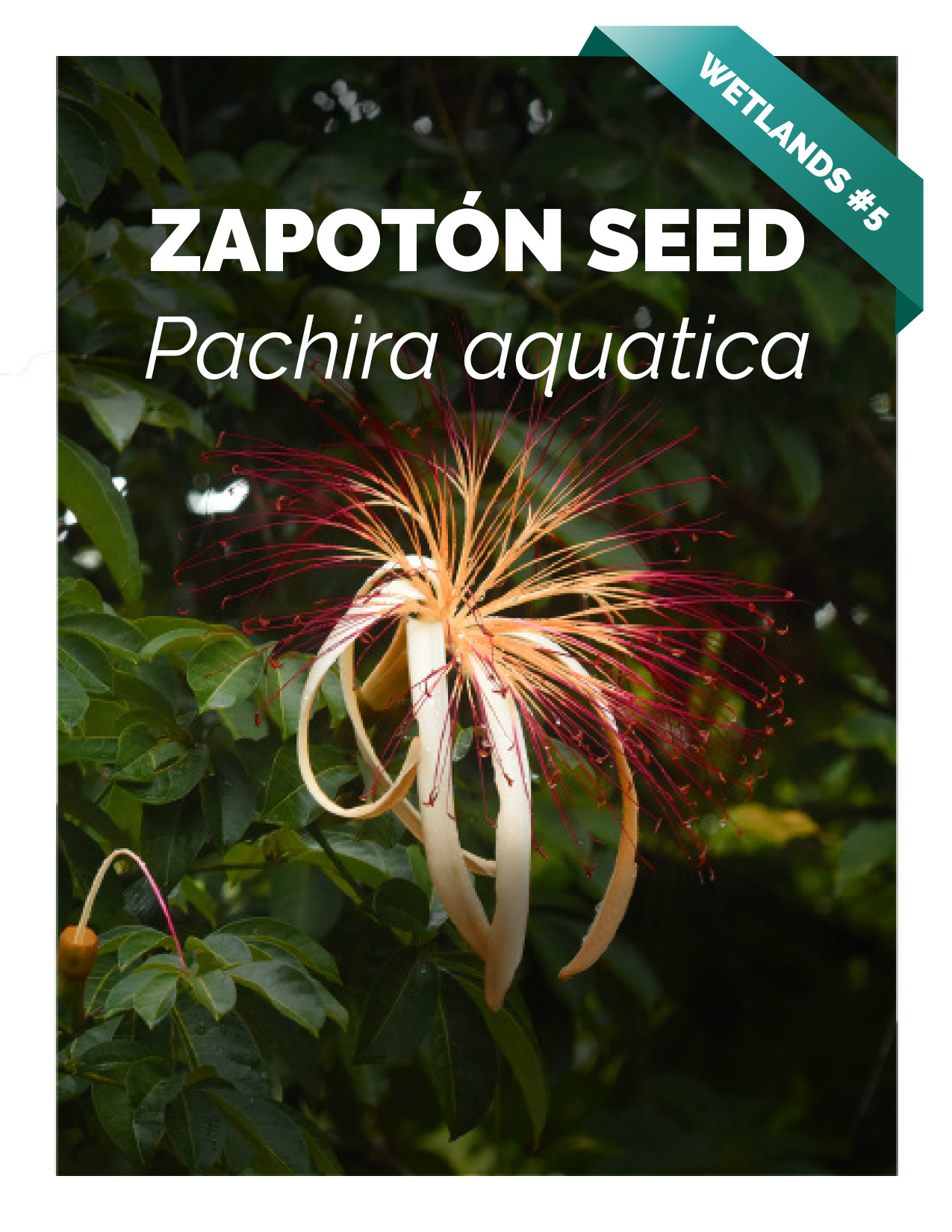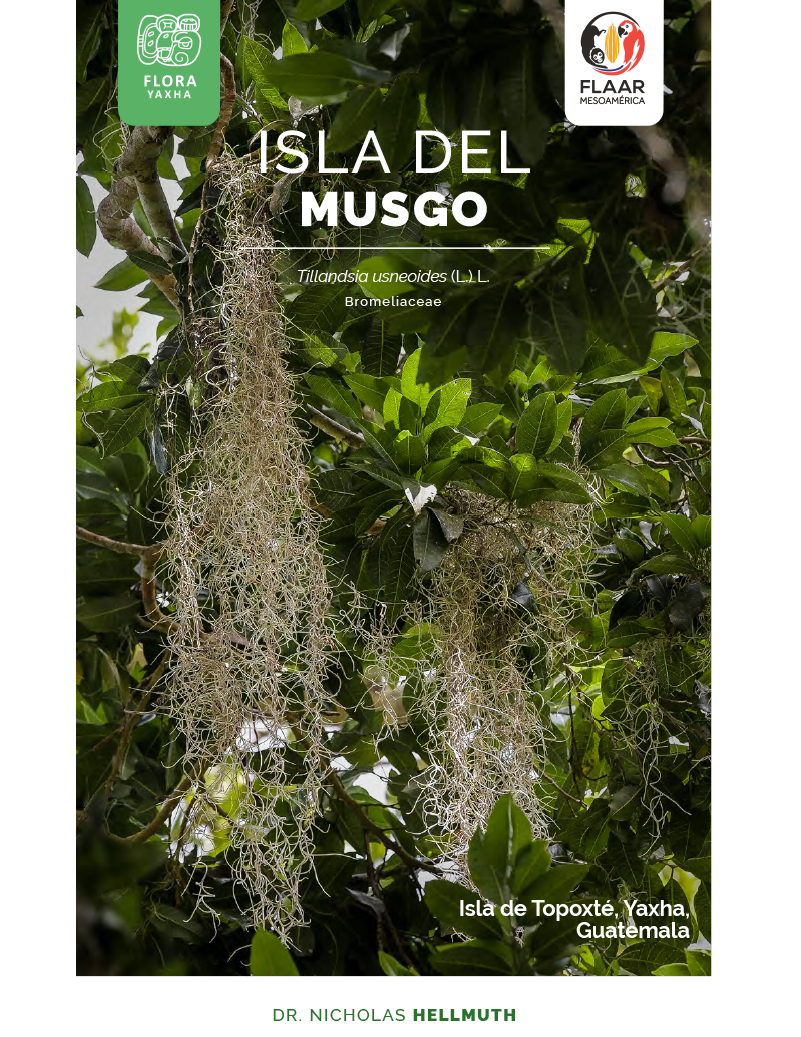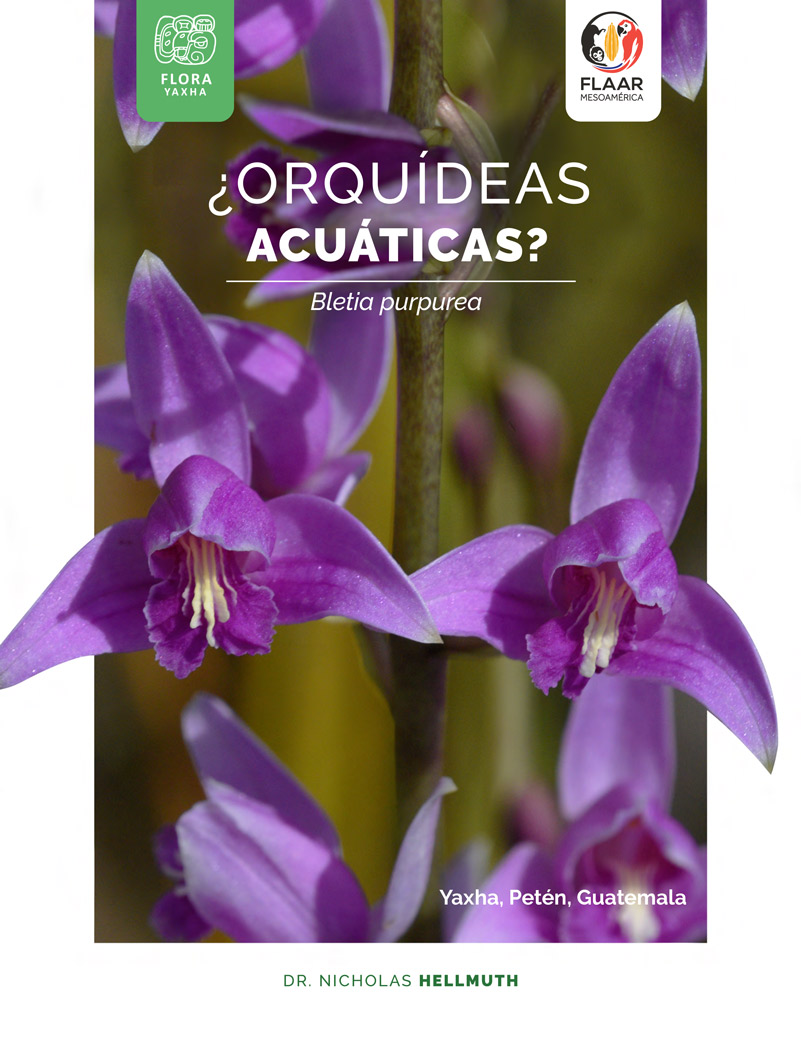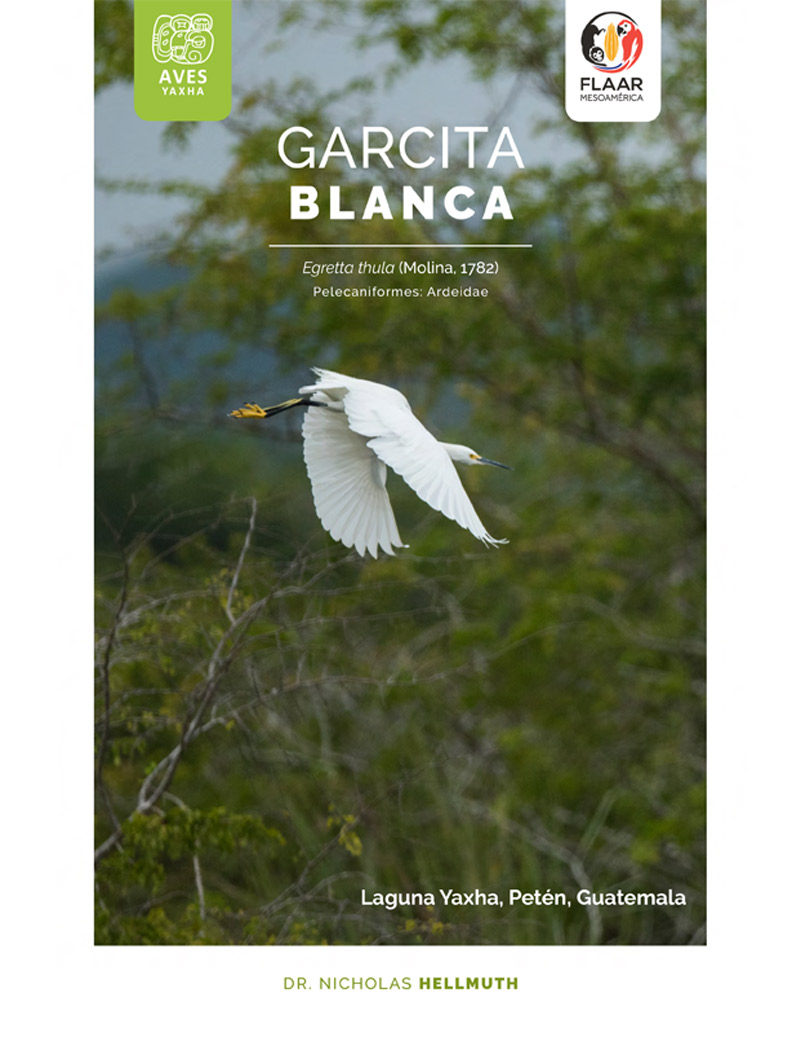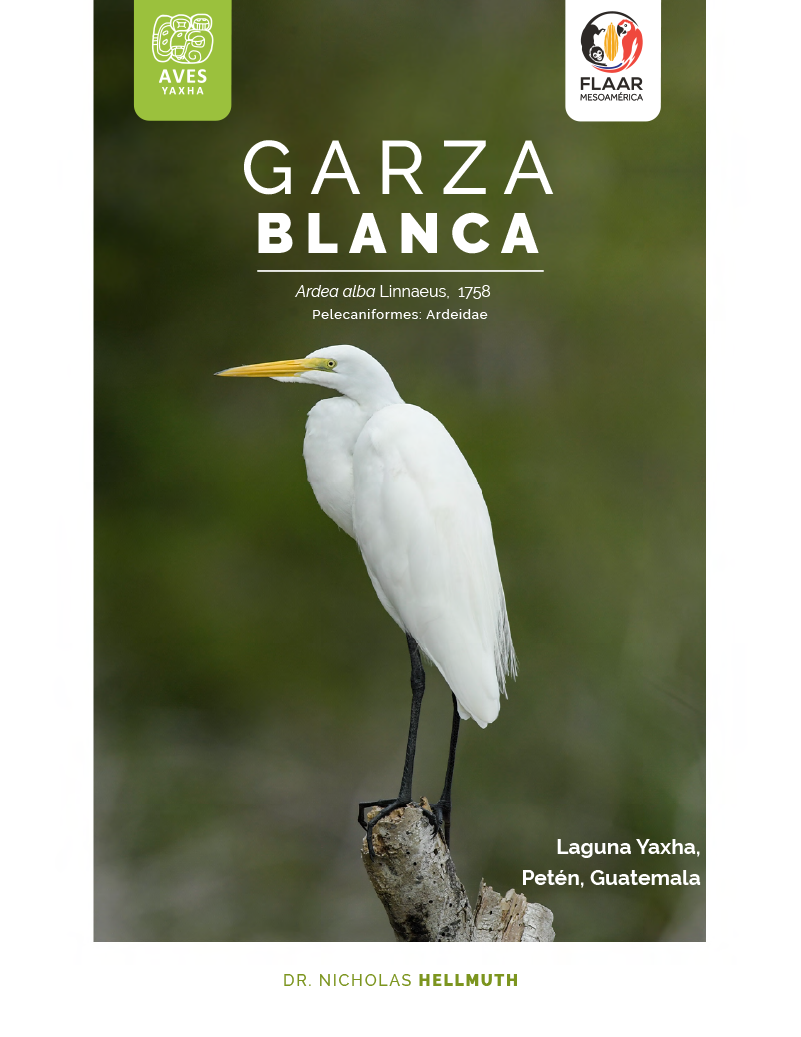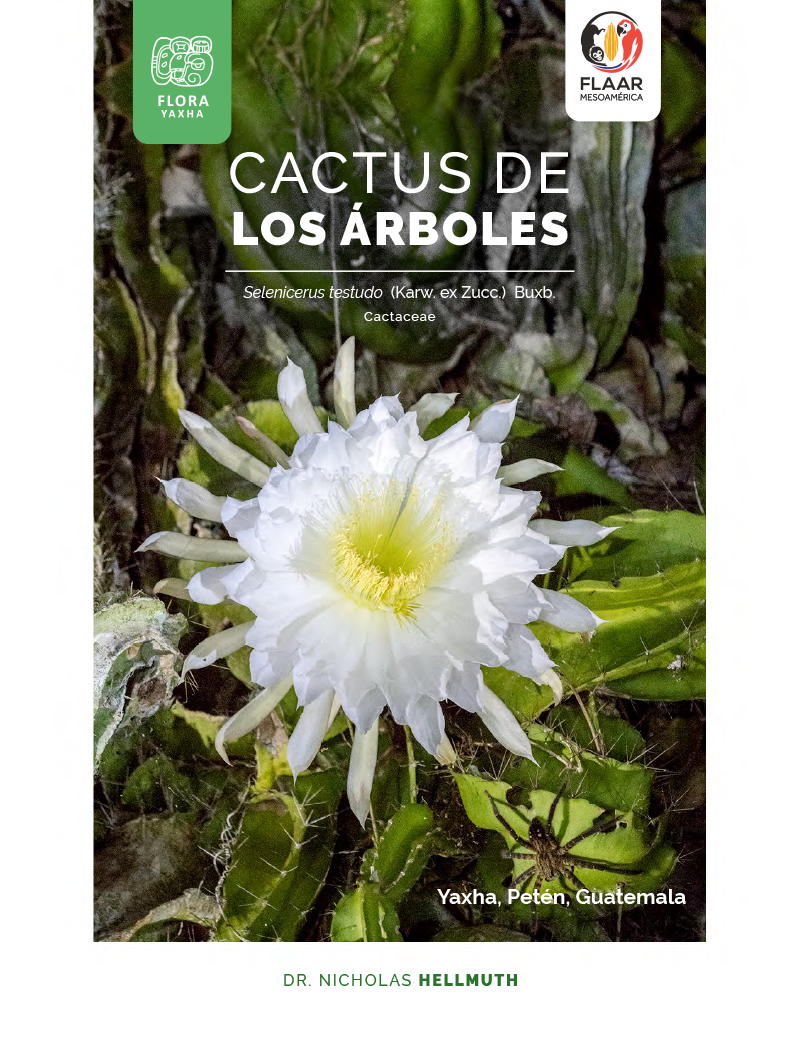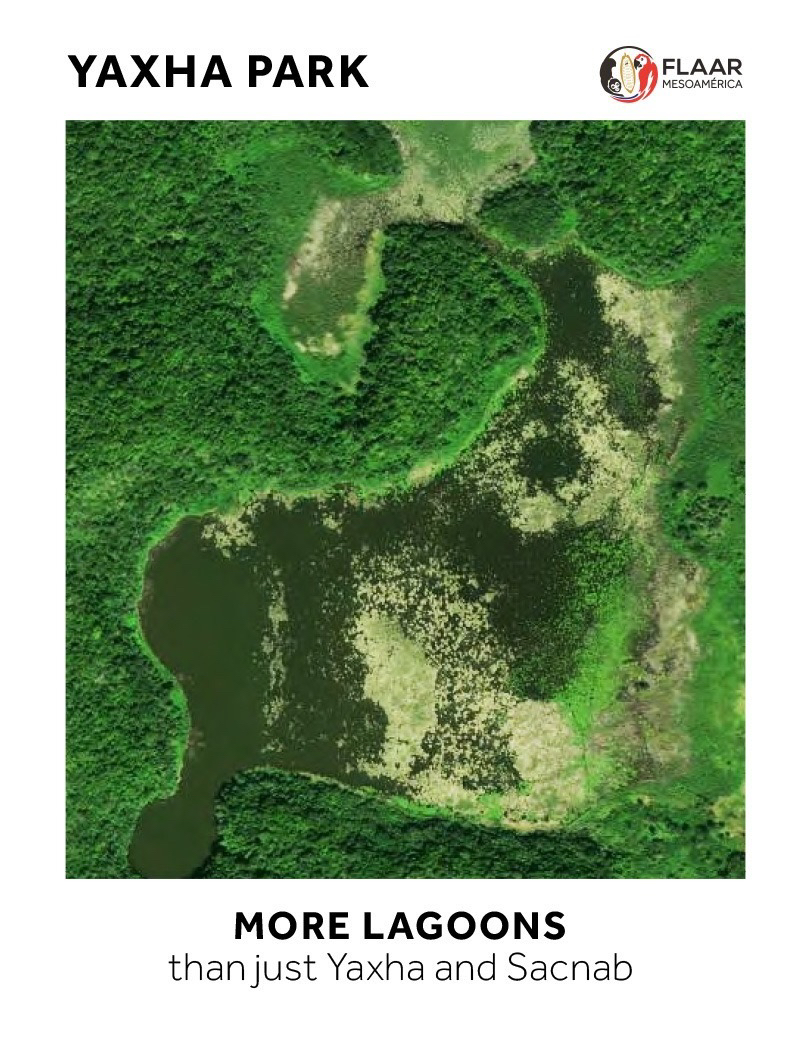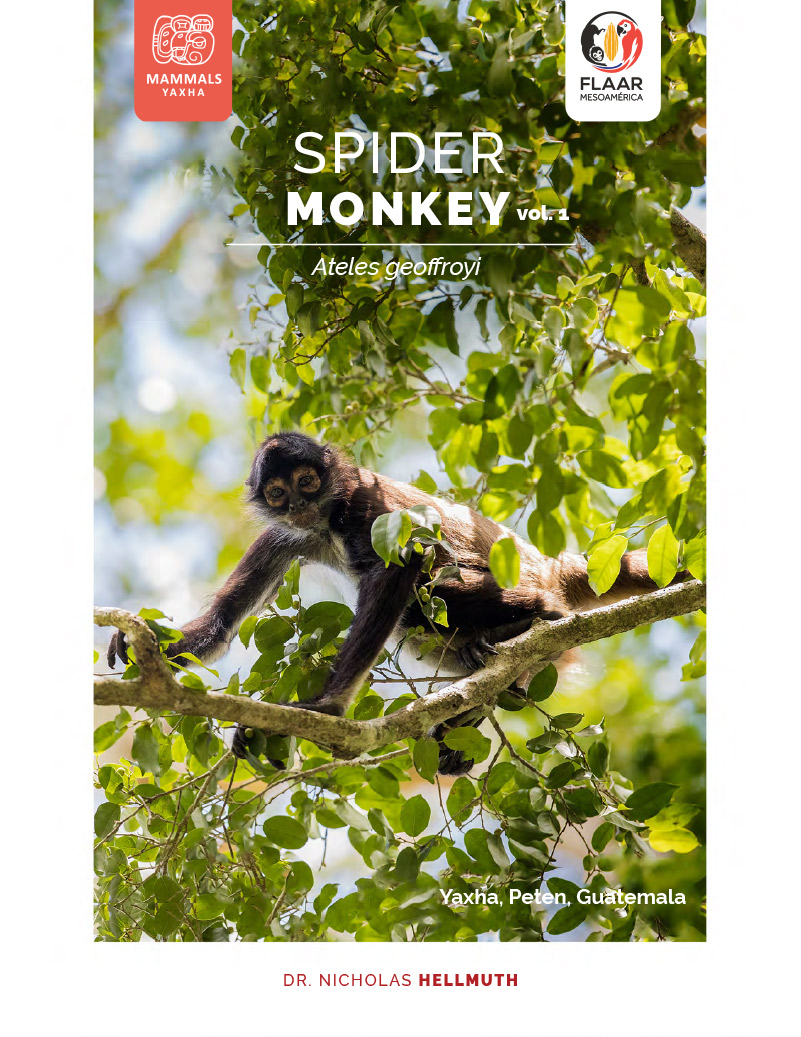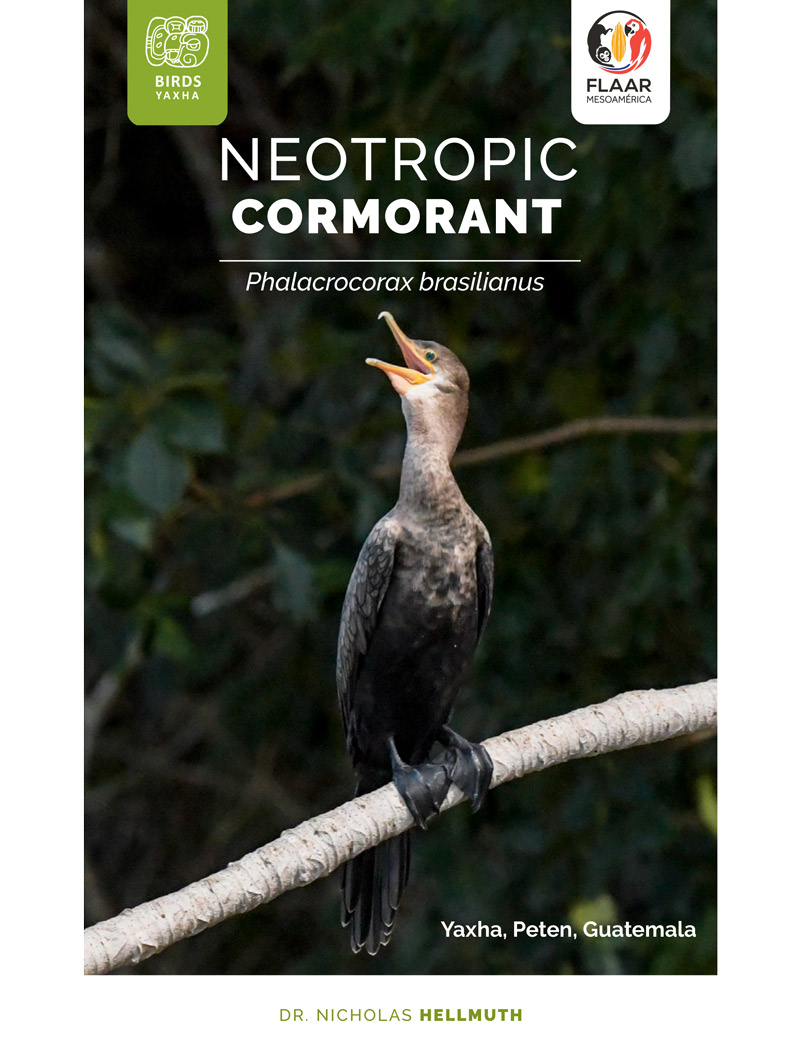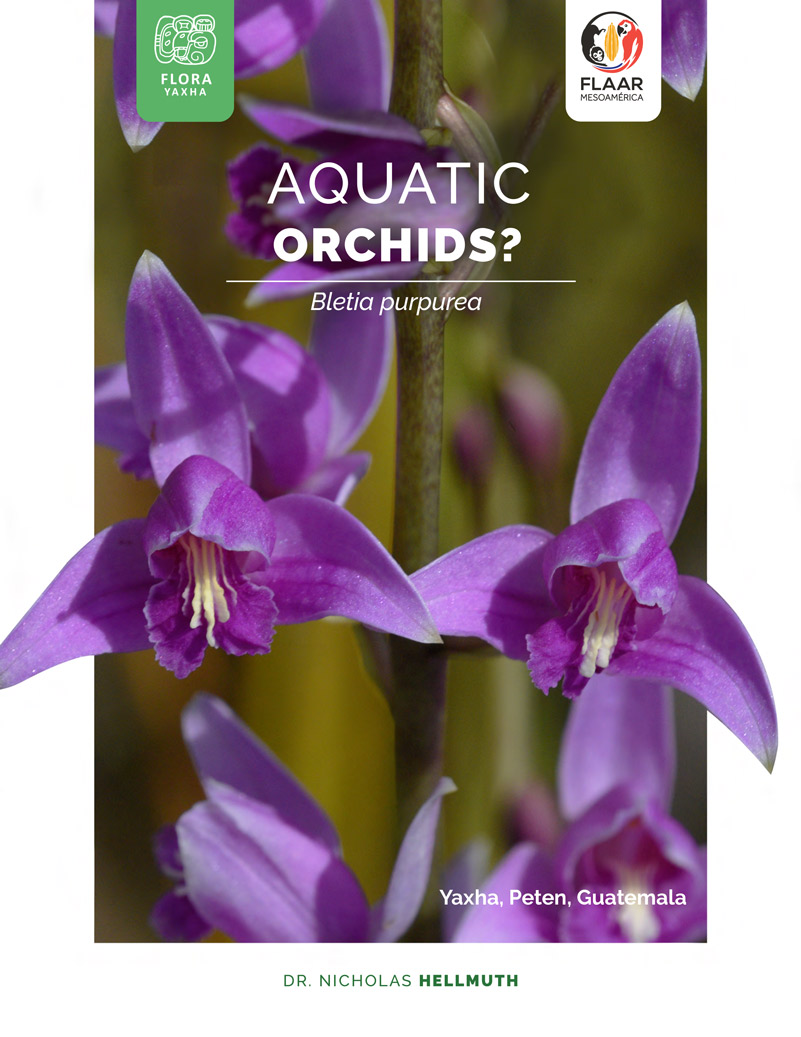Melicoccus oliviformis, mamón, is potential ancient fruit of the Maya
Dietrich (2011: 15) says that “cotoperis or guaya (Talisia oliviformis [Kunth.] Radlk.).” are found in home gardens in some parts of the Yucatan peninsula (cited to Caballero 1992). Several other discussions of kitchen gardens also include an oliviformis species.
First questions is whether this is Melicoccus oliviformis or Melicoccus-bijugatus? Although the currently accepted botanical name is Melicoccus oliviformis, Talisia oliviformis is on the year 2007 page of www.montosogardens.com/talisia_oliviformis.htm
But www.GBIF.org says that Talisia oliviformis (Kunth) Radlk. Is just a synonym and that the proper accepted botanical name nowadays is Melicoccus oliviformis subsp. Oliviformis. Family remains the same: Sapindaceae.
Several web sites list the current plant name as Melicoccus oliviformis Kunth.
Spanish Guaya or Mamoncillo in Yucatan; name is mamón in Guatemala. However realize that several edible fruits in Guatemala are called mamón:
English names are cotoperis, yellow genip. This is a fruit one rarely hears about, though it is included in Lundell’s nice 1938 list (as Talisia olivaeformis (HBK.) Radlk. (wayum, guayo)).
Is this mamón Melicoccus oliviformis or Melicoccus-bijugatus
There are so many names it’s a headache to know which one is viable: Guaya, Talisia olivaeformis (MacVean 2003:122)
Guaya, Talisia oliviformis (Kunth) Radlk. Note difference in spelling of the species.
Useful aspects of other species of Talisia genus native to Guatemala, Honduras, etc.
Talisia floresii Standl. Poloc, ixezul (Peten, Maya), edible; also used to make spinning toys
Talisia floresii, coloc (Yucatec Maya), (Standley and Steyermark Vol. 24, Part VI: 268) is in our list of edible seed pulp or edible aril.
This bibliography is to assist students who are considering a thesis or dissertation on plants of the Mayan world.
This bibliography is also for botanists who are experts in other aspects but would like to delve deeper into edible and useful plants of the Mayan part of Mesoamerica.
This bibliography is for people around the world who would like to learn about what they can experience when they visit Parque Nacional Yaxha Nakum Naranjo, Peten, Guatemala (PNYNN).
This list of books and articles is also to assist local guides to have material available to provide to the visitors who come with them to learn about the Mayan rain forests around the ancient city of Yaxha, Topoxte Island, Nakum, and Naranjo.
Talisia oliviformis, Guayo, Yellow Genip
This wild fruit tree grows throughout the Lowlands of the Mayan areas of Mexico, Guatemala, and Belize. This tree is frequently found around pyramids and acropolises throughout Parque Nacional Yaxha Nakum Naranjo.
Talisia oliviformis and Talisia floresii both occur throughout much of the Mayan areas (of the Peten and Belize lowlands). We have found Talisia trees bearing fruit in hill forests at the back of Temple 216 and near bajo areas along the road between Yaxha and Nakum. Once they flower we can better judge whether these fruits pictured here are Talisia oliviformis (Melicoccus oliviformis) or Talisia floresii.
Annotated Bibliography on Guayo, Talisia oliviformis
PDF, Articles, Books on Talisia oliviformis/ Melicoccus oliviformis
- 1992
- Maya homegardens: past, present and future. Etnoecológica. Vol. 1, No. 1. Pages 35-54.
Available online:
https://www.academia.edu/2998203/Maya_homegardens_past_present_and_future
- 2010
- Diversidad florística y funcional a través de una cronosecuencia de la selva mediana subperennifolia en la zona de influencia de la Reserva de la Biosfera Calakmul, Campeche, México. Centro Agronómico Tropical de Investigación y Enseñanza. 162 pages.
Available Online:
http://orton.catie.ac.cr/repdoc/A4922e/A4922e.pdf
- 2016
- The forest of the Lacandon Maya: an ethnobotanical guide. Springer. 307 pages.
Sold online:
www.springer.com/la/book/9781461491101
Neither variant of the plant name is in this excellent book on ethnobotany of the Lacandon Maya of Chiapas. Yet the tree is mentioned several times for kitchen gardens in the Yucatan peninsula.
- 2014
- Enraizamiento de estacas en Talisia olivaeformis H.B.K. Raldk y Caesalpinia granadillo Pittier. Rev. Fac. Agron. Supl. 1. Pages 270-280.
Available Online:
http://revfacagronluz.org.ve/PDF/suplemento_2014/bot/botsupl12014270280.pdf
- 2011
- Gendered división of Labour in homegardens in Calakmul, Campeche, México. University of Natural Resources and Applied life sciences, Vienna. 98 pages.
- 2010
- Talisia olivaeformis (Sapindaceae) and Zuelania guidonia (Flacourtiaceae): new host records for Anastrepha spp. (Diptera: Tephritidae) in México. Florida Entomologist. Vol. 93, No. 4. Pages 633-634.
Available Online:
www.researchgate.net/publication/232666543_Talisia_olivaeformis_Sapindaceae_
and_Zuelania_guidonia_Flacourtiaceae_New_Host_Records_for_Anastrepha_spp_Diptera
_Tephritidae_in_Mexico
- 2016
- Uso tradicional de la flora y fauna en los huertos familiares mayas en el municipio de Campeche, Campeche, México. Ecosistemas y Recursos agropecuarios. Vol. 3, No. 9. Pages 379-389.
Available Online:
www.scielo.org.mx/pdf/era/v3n9/2007-901X-era-3-09-00379.pdf
- 1937
- The vegetation of Petén. With an appendix: studies of Mexican and Central American plants. Carnegie Institution of Washington. 244 pages.
Available online:
https://catalog.hathitrust.org/Record/001494291
- 2003
- Plantas útiles de Petén, Guatemala. Universidad del Valle de Guatemala. 168 pages.
- 2012
- El huerto familiar del sureste de México. Secretaría de Recursos Naturales y Protección Ambiental del Estado de Tabasco. 552 pages.
Available online:
www.researchgate.net/profile/Erendira_Cano-Contreras/publication/310444737_Conclusiones/links/582d576c08ae102f072a2aff/Conclusiones.pdf
- 2002
- Estudio agronómico de tres especies nativas, en zonas semiáridas de Guatemala. Universidad de San Carlos de Guatemala. 45 pages.
Available Online:
http://digi.usac.edu.gt/bvirtual/informes/puirna/INF-2002-023.pdf
- n.d.
- Talisia oliviformis (Kunth) Radlk. Part II – Species Descriptions. Pages 740-741.
- 2005
- Árboles tropicales de México: manual para la identificación de las principales especies. Universidad Nacional Autónoma de México. 523 pages.
- 2014
- Catálogo de frutales nativos de Guatemala. ICTA. 95 pages.
Available Online:
www.icta.gob.gt/publicaciones/Frutales%20nativos/Catalogo%20de%20frutales%
20nativos%20de%20Guatemala,%202014.pdf
- 1968
- Arboles tropicales de México; manual para la identificación de campo de los principales árboles tropicales de México. UNAM, Fondo de Cultura Económica, 2da. Ed. México, D.F. pp: 340-341.
There is an earlier edition, and now a 3rd edition. The listing here is the 2nd edition.
- 2017
- Flora, usos y algunas causales de cambio en quince huertos familiares en el municipio de José María Morelos, Quintana Roo, México. Península. Vol. XII, No. 1. Pages 119-145.
Available Online:
www.researchgate.net/publication/313201643_Flora_usos_y_algunas_causales_de_
cambio_en_quince_huertos_familiares_en_el_Municipio_de_Jose_Ma_Morelos_
en_Quintana_Roo
- 2017
- Efecto de los tratamientos pregerminativos en la emergencia y en el desarrollo inicial del cotoperiz (Talisia oliviformis (Kunth) Radlk). Pastos y forrajes. Vol. 40, No. 1. Pages 16-22.
Available Online:
http://scielo.sld.cu/pdf/pyf/v40n1/pyf02117.pdf
- 1988
- Colectar y descripción de especies vegetales de uso actual y potencial en alimentación y/o medicina, de las zonas semiáridas del nororiente de Guatemala. Universidad de San Carlos de Guatemala. 249 pages.
- 1999
- A classification and ordination of the tree community of Tikal National Park, Petén, Guatemala. Florida Museum of Natural History. 129 pages.
Available online:
www.floridamuseum.ufl.edu/files/2214/7181/1392/Vol-41-No-3.PDF
- 1949
- Flora of Guatemala. Fieldiana: Botany Vol. 24, Part VI. Chicago Natural History Museum.
Available Online:
www.biodiversitylibrary.org/item/19937#page/13/mode/1up
Talisia olivaeformis (HBK.) Radlk. Sitzungsber. Bayer. Akad. 8: 342. 1878. Melicocca olivaeformis HBK. Nov. Gen. & Sp. 5: 100. 1821. Jurgay; Urugualle; Talpajocote; Kenep, Guayo, Uayum (Peten, Maya).
Wooded ravines or moist or dry thickets, often planted about dwellings, 500 meters or less; Pete"n; Zacapa; Chiquimula; Baja Verapaz; Jutiapa; Guatemala. Chiapas; Yucatan; British Honduras; Colombia and Venezuela.
A tree of 18 meters or less with dense spreading crown, the branchlets and petioles minutely puberulent or almost wholly glabrous; leaflets 4, opposite, elliptic to lance-oblong, mostly 5-12 cm. long, petiolulate, obtuse or short-acuminate with a very obtuse tip, acute to obtuse at the base, thinly coriaceous, the nerves and veins not conspicuous beneath; inflorescences axillary, often glomerate at the ends of the branches, usually small and shorter than the leaves, densely tomentulose, the pedicels 1-2 mm. long; flowers white, 3-4 mm. long, the sepals ovate, acute, tomentulose outside; petals ciliate; fruit subglobose, mammillate at the apex, densely and minutely pale-tomentulose.
Called "tinaljuco" in Honduras. In Salvador there is a belief that the tree fruits only once every ten years, a belief probably without basis. It is said to be much planted in Peten, and to be found about the old ruined cities, as if persisting from former cultivation. The fruit is of a handsome sage-green, or at full maturity yellowish. In the fresh state the rind is firm but flexible, enclosing a considerable amount of dull orange-red pulp that has a slightly acid and agreeable flavor. The fruit is not popular in Central America, because of the competition of so many better ones, but it is sometimes sold in the markets, as at Chiquimula, where it was observed in some quantity in April.
Note by Hellmuth, we found the fruit ripe on the trees in Izabal in late July. We found lots of fruits on Talisia olivaeformis trees around the Yaxha park in 2018. Other botanists have found this tree in dry areas along the Rio Motagua (http://digi.usac.edu.gt/bvirtual/informes/puirna/INF-2002-023.pdf).
- 2002
- Estudio agronómico de tres especies nativas, en zonas semiáridas de Guatemala. USAC.
Free download:
http://digi.usac.edu.gt/bvirtual/informes/puirna/INF-2002-023.pdf
- 2012
- La vegetación leñosa del sitio arqueológico de Oxpemul, municipio de Calakmul, Campeche, México. Polibotánica. No. 33. Pages 131-150.
Available Online:
www.redalyc.org/pdf/621/62124396009.pdf
- 2008
- Estructura y composición florística de la selva mediana subcaducifolia en el sur del estado de Yucatán, México. Polibotánica. No. 26. Pages 36-66.
Available Online:
http://www.polibotanica.mx/pdf/pb26/selva.pdf
Suggested webpages with photos and information on olivaeformis/ Melicoccus oliviformis
www.backyardnature.net/yucatan/wildguay.htm and www.backyardnature.net/yucatan/guaya.htm
As always on this site of Jim Conrad, nice photos at large size so you can see everything. You do not have to click-to-enlarge.
www.cicy.mx/sitios/flora%20digital/ficha_virtual.php?especie=2356
Does not give any local names. And for use, only says it’s edible.
http://tropical.theferns.info/viewtropical.php?id=Melicoccus+oliviformis
Information.
www.gbif.org/species/7265169
Photos and map location.
www.theplantlist.org/tpl1.1/record/kew-2510157
Synonyms.
First posted, August 2018
Updated, February 2019
Bibliography prepared by Marcella Sarti, FLAAR Mesoamerica


